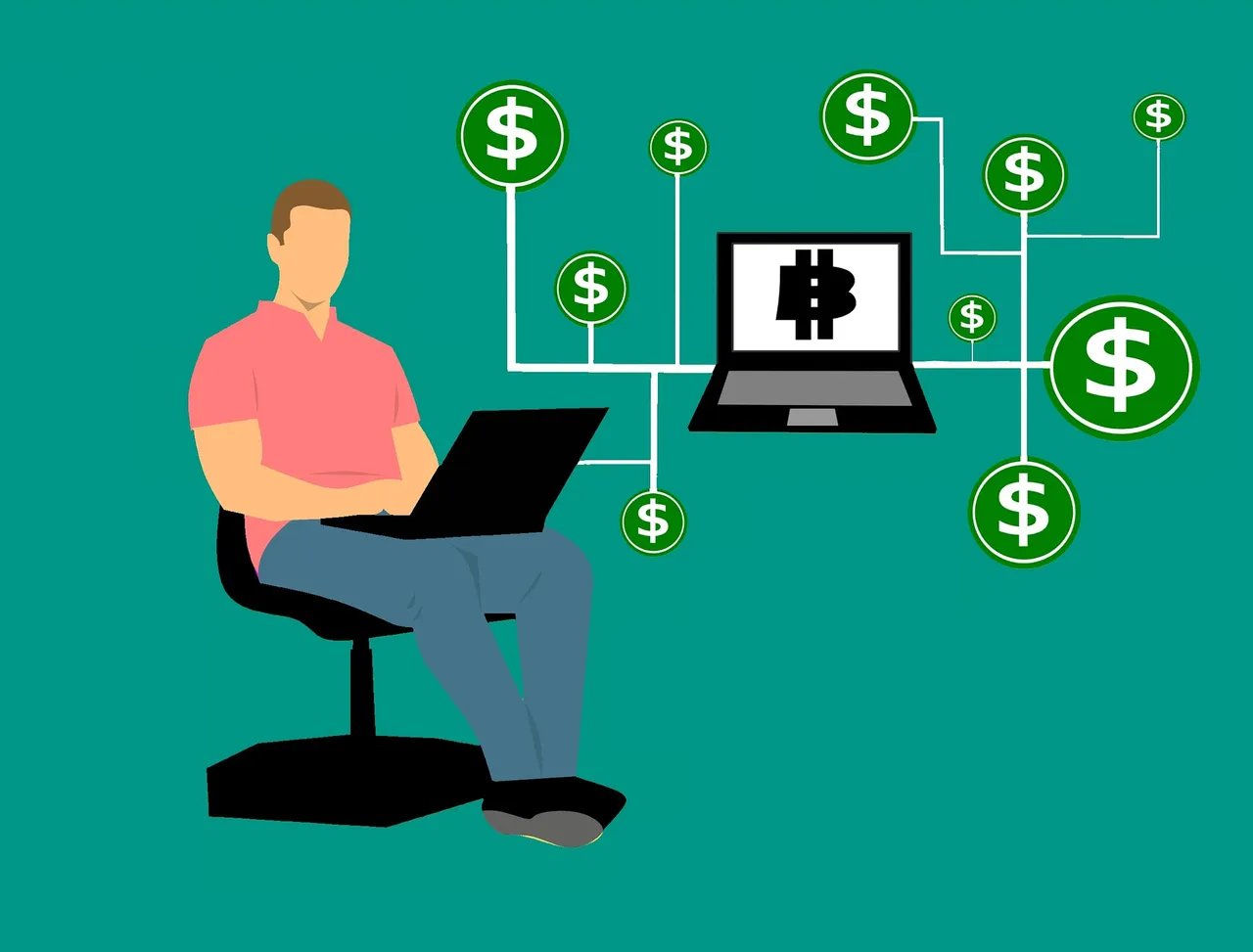
Author: @madridbg, through Power Point 2010, using public domain images. Gerd Altmann
Greetings and welcome dear readers of this prestigious platform and especially to all those users who make life in the @leofinance community who have been characterized by the approach of economic and technological content associated with the world of blockchain.
Therefore, through the following installment we will be addressing blockchain security, as well as some vulnerabilities presented by this decentralized system. So, we will start by establishing that the Blockchain, is a large, master, decentralized, transparent and immutable ledger, which allows us to perform transactions between people without the use of intermediaries.
In this sense, it is usually thought that there are no vulnerabilities in this inventive technology, however, the reality is different and cybercriminals always manage to try to breach security and try to generate some interest or economic benefit through these, such as the usurpation of personal data and obtaining cryptoassets in our accounts.

Fig. 2. Blockchain Vulnerabilities. Author: Megan Rexazin
Among some protocols that have been implemented in order to generate chaos among users, we can highlight the processes developed on the Botnet network and the protocols of the 51% attack, where we will focus our attention, so that we can understand the scenario of the attack and what we can do to avoid being affected by it.

HOW THE 50% + 1 ATTACK WORKS

In order to understand this attack in detail, let's imagine that we have a company formed by shareholders, where a part of the shares (50% + 1), is owned by a single entrepreneur, it is understandable that this person is responsible for making important decisions in the company.
Now, if we extrapolate this scenario to the blockchain world and a single entity, person or organization were to take over 51% of data computation in a specific asset, this could control much of the decision making that was previously shared, which would end up generating a kind of centralization that would go against blockchain principles.
In this sense, the assets that present the greatest vulnerability are those based on consensus transactions, which are based on being able to verify and ensure the integrity of the data by the network participants.
Under this scenario, the most harmed are the large mining farms, as well as investors who bet on a project based on decentralization, where they compete to generate a greater amount of computation to achieve compliance with the economic aspects involved in the mining of an asset, i.e., purchase of equipment, payment of electricity services, among other aspects necessary to carry out this economy.

Fig. 3. Centralization of the chain generates chaos and inequality. Author: mohamed Hassan
Once the 51% is controlled, it is usually passed to the double spending attack, which generates real damage to the system, since digital criminals are able to duplicate real transactions, which would increase the number of circulating coins and ultimately affect the economy of the same, this is achieved because each coin has a digital record that can be duplicated and counterfeited.
Consequently, it creates alternative branches of fraudulent blocks that end up reaching even the same point or destination, so that now the mining is focused on the fraudulent branch and if continued would be wider than the true branch or economy of the project.
It would certainly be an overwhelming scenario, where all of us users who make life on the blockchain could be affected, in this sense, this post has been descriptive in nature and I would like to know your perspective on the 50% + 1 attack.
BIBLIOGRAPHY CONSULTED

[1] Eric Piscini (Deloitte U.S.), David Dalton (Deloitte Irlanda) and Lory Kehoe (Deloitte Irlanda). Blockchain & Cybersecurity. Article: Online Access
[2] Blockchain Threat Report. Article: Online Access
OF INTEREST

•

